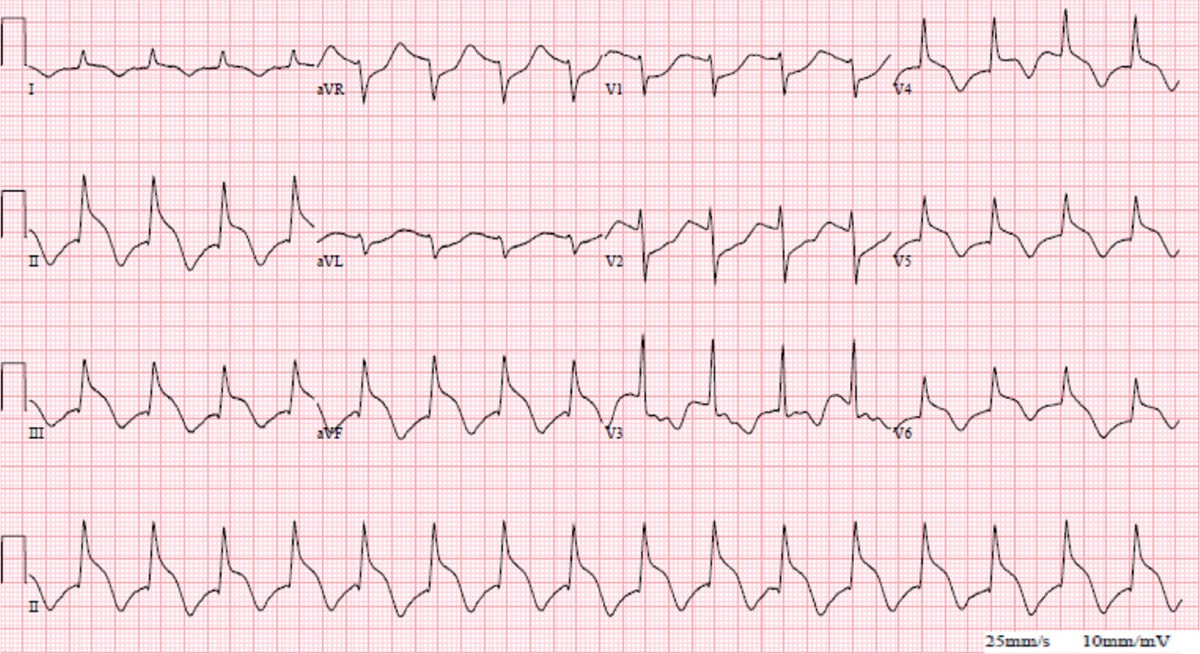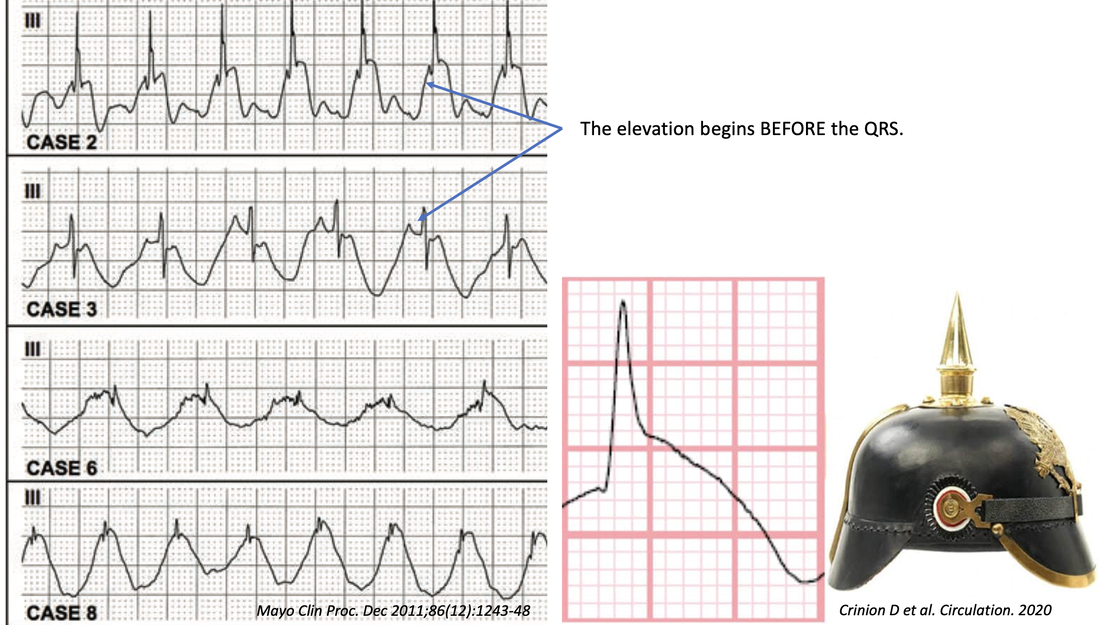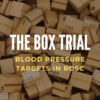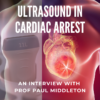 Crinion D et al. Circulation. 2020(1)
Crinion D et al. Circulation. 2020(1)
CAN YOU RECOGNISE THIS SIGN?
The Spiked Helmet Sign
IS THIS AN ACUTE MYOCARDIAL INFARCTION?
No This is a STEMI mimic. It does however occur in critically ill patients.
IF YOUR HOSPITAL HAD NO CATH LAB, WOULD YOU THROMBOLYSE?
Beware with the spiked helmet sign. You have to look beyond the heart for the cause. Always, when you see this sign get a cardiology opinion, certainly prior to thrombolysis and look for the ST elevation beginning before the QRS, which gives this diagnosis. See the details below.
This certainly looks like ST elevation, but is actually a mimic. If you look at the complexes, the upward shift starts before the onset of the QRS complex. There is a dome-and-spike pattern, similar to a Prussian military helmet. This has been called the ‘Spiked Helmet Sign‘.

So remember the helmet sign. It is usually present in critically ill patients. Think of sepsis, or abdominal conditions ie., think beyond cardiac.
References
- Crinion D et al. An Ominous ECG Sign in Critical Care. Circulation. 2020;141:2106–2109
- Littmann L et al. Mayo Clin Proc. Dec 2011;86(12):1243-48










